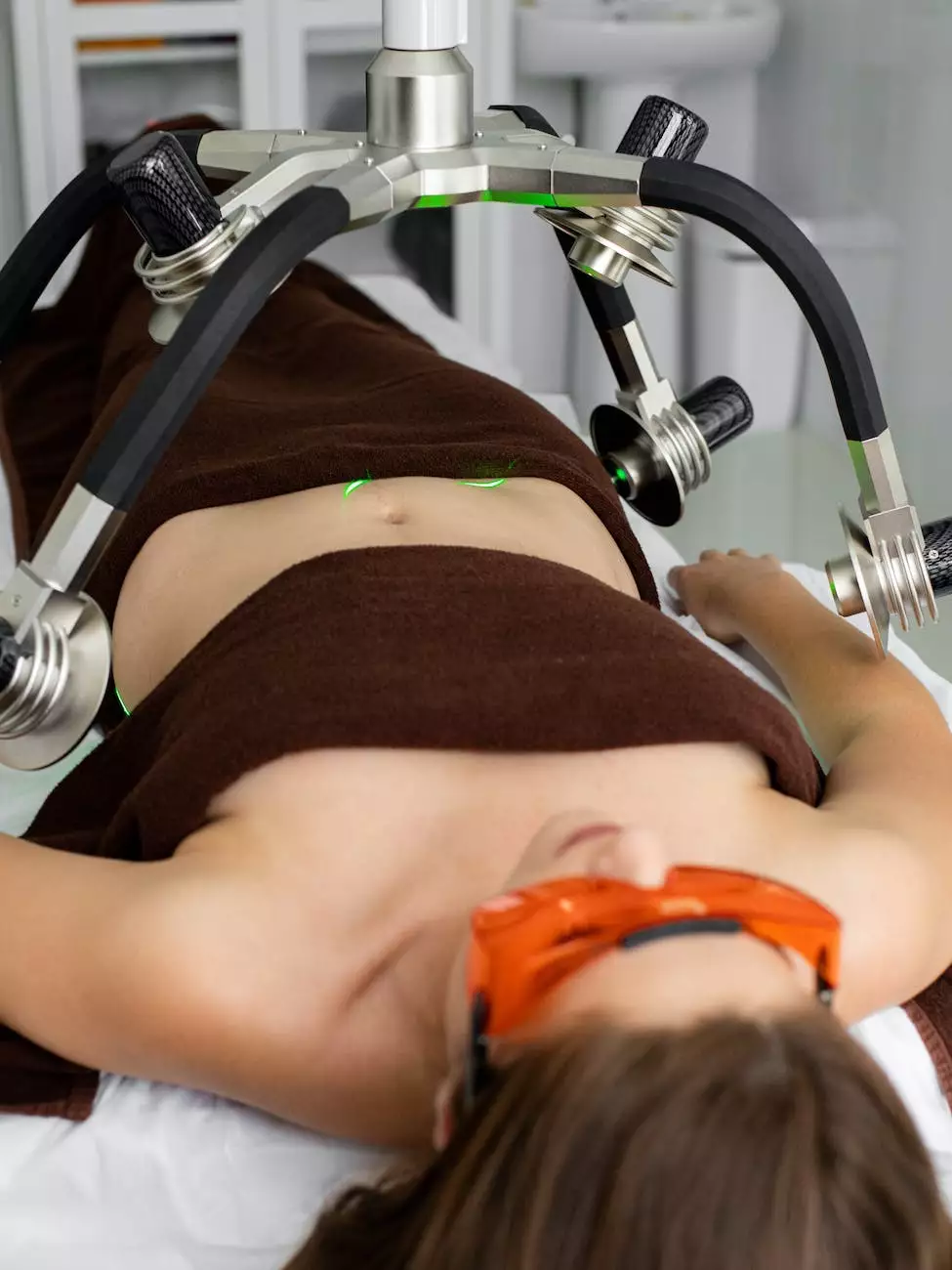Understanding Hair Loss - Hair Growth Cycle and Losing ...

The Hair Growth Cycle
In order to understand hair loss, it is crucial to first comprehend the natural hair growth cycle. The hair growth cycle consists of three main phases:
1. Anagen Phase
The anagen phase, also known as the growth phase, is when hair actively grows. It typically lasts for 2-7 years, depending on individual factors such as genetics and health. During this phase, the follicle produces new cells that form the hair shaft.
2. Catagen Phase
The catagen phase is a transitional stage that lasts for about 2-3 weeks. During this phase, the hair follicle shrinks and detaches from the blood supply. Hair growth stops, and the hair becomes a club hair, which is anchored in the follicle but not actively growing.
3. Telogen Phase
The telogen phase, also referred to as the resting phase, lasts for approximately 2-4 months. During this phase, the club hair remains in the follicle until it is pushed out by new hair growth. On average, about 10-15% of hair is in the telogen phase at any given time.
Causes of Hair Loss
Hair loss can be attributed to various factors, including:
1. Genetics
Hereditary hair loss, also known as androgenetic alopecia, is the most common cause of hair loss. It is typically characterized by a receding hairline and thinning hair on the crown of the head. This type of hair loss affects both men and women.
2. Hormonal Changes
Hormonal imbalances, such as those associated with pregnancy, childbirth, menopause, or certain medical conditions, can lead to temporary or permanent hair loss. Changes in hormone levels can affect the hair growth cycle and result in excessive shedding.
3. Medical Conditions
Various medical conditions, including thyroid disorders, scalp infections, and autoimmune diseases, can cause hair loss. It is important to consult with a medical professional to identify and address any underlying medical conditions contributing to hair loss.
4. Lifestyle and Environmental Factors
Poor nutrition, stress, certain medications, excessive hairstyling or heat treatments, and exposure to toxins or pollutants can all impact the health of your hair and potentially lead to hair loss.
Treatment Options for Hair Loss
Smith, Arthur F, MD specializes in providing effective treatment options for hair loss. Here are some common approaches:
1. Medications
Prescription medications, such as minoxidil and finasteride, can help slow down or stabilize hair loss. These medications work by stimulating hair growth and preventing further hair thinning.
2. Hair Transplantation
Hair transplantation is a surgical procedure that involves transferring hair follicles from a donor site to areas experiencing hair loss. This procedure can provide natural-looking hair growth in areas of thinning or baldness.
3. Laser Therapy
Laser therapy, such as low-level laser therapy (LLLT), is a non-invasive treatment option that stimulates hair growth. It involves the use of specialized devices that emit low-level laser light to enhance circulation and promote hair regrowth.
4. Platelet-Rich Plasma (PRP) Therapy
PRP therapy utilizes the patient's own blood plasma, which is rich in growth factors, to stimulate hair growth. This treatment involves injecting PRP into the scalp to nourish hair follicles and promote hair regrowth.
Conclusion
Smith, Arthur F, MD is dedicated to educating individuals about hair loss and providing comprehensive treatment options. Understanding the hair growth cycle, identifying the causes of hair loss, and exploring appropriate treatment options are essential steps towards addressing hair loss and promoting hair regrowth. Take control of your hair health and schedule a consultation with our experts today.




